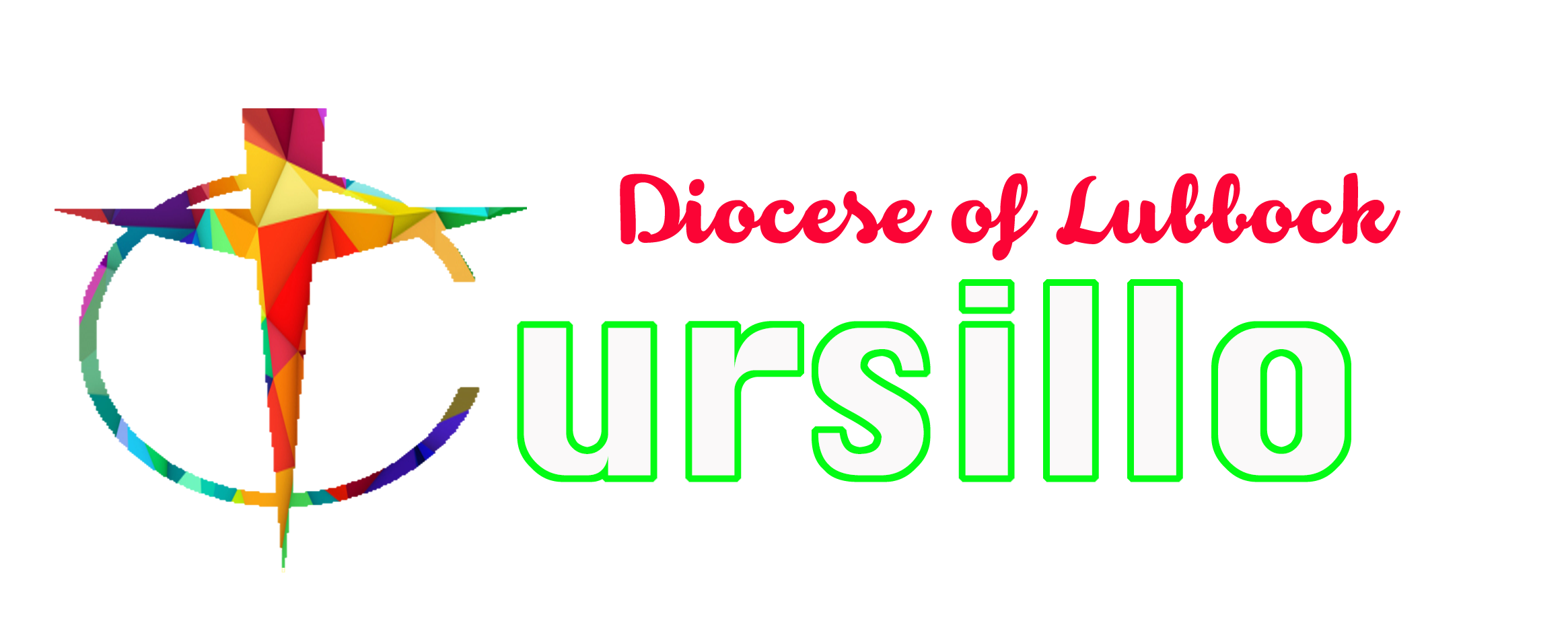History of the Cursillo Movement
Cursillos in Christianity is a Movement which, by its own Method, attempts from within the Church, to give life to the essential Christian truths in the singularity, originality and creativity of the person. In discovering their potential and accepting their limitations, they will direct their freedom with their conviction, reinforce their will with decisiveness and direct their friendship with the virtue of constancy in their day-to-day life, personally and with others.
Eduardo Bonnín Aguiló was born in Palma de Mallorca on May 4, 1917 in his residential home where Bar Niza now stands. He was born to a catholic family, who was dedicated to the trade and export of grains and dried fruit in the semi-wholesale market.
In 1936, he had a determinant experience in his life: the obligatory military service far away from home. Simultaneously two sources of conflicting knowledge entered into his life: “reality” from direct contact with the profane people of the battalion and “idealism” from his books.
By pure providence, a text from an address given by Pope Pius XII to the parochial pastors and “cuaresmeros” in Rome, on February 6, 1940, fell into Eduardo’s hands. The Holy Father looked for “new roads”, different from what was usual in order for all, but especially that the far away know the love of God.
Three principles become the basic guidelines of Eduardo’s Mentality: the Love of God, Friendship, and the Person; especially the far away.
n 1943, at the Lluch Sanctuary, he participated in the second “Cursillo for Advanced Pilgrims Leaders”, because they convinced him. He saw that the message was good, the servants of the message seemed quite boring to him, and he said those needed to be refreshed. It was not only necessary to prepare leaders to go to Santiago, but for life itself as well.
The crucial moment in the genesis of the Cursillos in Christianity was the phase that immediately followed that Holy Week of 1943, in which Eduardo relates what was lived at the “Cursillo for Advanced Pilgrims Leaders” with his personal and profound restlessness and his catalyzing experience of the de-Christianized environments. He came to the conclusion that something, though similar and different from that “Cursillo for Advanced Pilgrims Leaders”, could in fact bring about the dynamics of Christianity; not just in an isolated predetermined event like the Pilgrimage to Santiago, but also in the daily and normal lives of real and concrete environments.
To learn more, visit the National Cursillo Website

